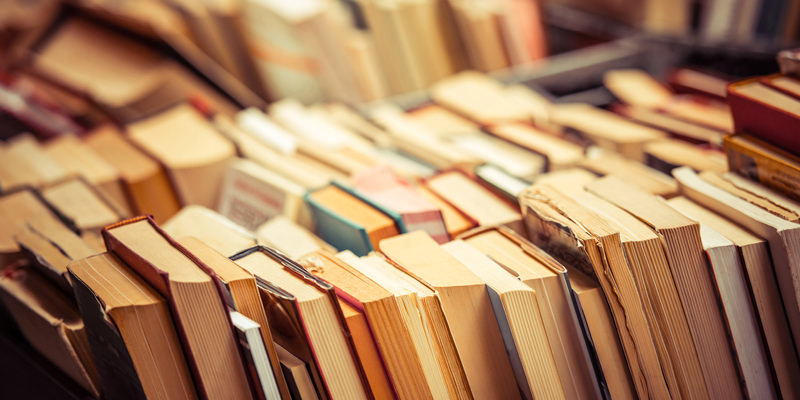
While entire libraries can be filled with books about wine, the number of practical, accessible wine books could fit on a single shelf.
Wine is undoubtedly a complicated subject, filled with complex chemistry, but the best wine books read more like novels, mixing practical winemaking information with stories that appeal to history buffs, foodies, even romance novel addicts. This roundup highlights the best books for understanding winemaking sans an expensive chemistry degree. These books all combine essential wine history with the science that makes winemaking fascinating, while leaving out both excessive jargon and oversimplification.
Grab a case of wine and your library card, kids; these books will have you reading until harvest.
“Exploring Wine: Revised 3rd Edition”
This 1,000-page tome is literally worth its immense weight. The official handbook of the Culinary Institute of America, this book covers everything from the origin of grapevines to food pairing and the benefits of polyphenols. Most importantly, it includes detailed diagrams and written descriptions of complicated winemaking processes, literally turning them into cartoons and flow charts that are easy to understand, and fascinating once you do. Authors Steven Koplan, Brian H. Smith, and Michael A. Weiss also detail the world’s established and upcoming wine regions. Best, “Exploring Wine” explains how those regions utilize classic techniques, and how to taste those techniques in your glass.
“Terroir and Other Myths of Winegrowing”
Wine is a complicated topic, and the only way to simplify it is this: There are no hard and fast rules or facts when it comes to winemaking. In this book, UC Davis professor Mark Matthews takes a skeptical, science-based approach to common wine beliefs with an aim of debunking the myths that permeate the wine biz. From “terroir” to low yields and the use of oak barrels, Matthews challenges drinkers to think critically about wine as an agricultural product. In the end, you’ll know both sides of each debate and truly understand the choices and challenges that confront winemakers.
“Inventing Wine”
“Inventing Wine” is the history and anthropology lover’s bible when it comes to wine. It makes for a great alternative to Netflix binges. In this compelling narrative, Paul Lukacs traces humanity’s love of wine from the Mesopotamian era to modern times, explaining how and why winemaking practices developed, like using cork or planting on hillsides. From the Cult of Bacchus to glassmaking to the invention of terroir, Lukacs provides a thoughtful explanation of not just how, but why wine is made a certain way. Through it all are anecdotes to impress at any party, and a thorough explanation of why wine remains the world’s most sought-after beverage, millennia after its invention.
“Wine Wars: The Curse of the Blue Nun, The Rise of Two Buck Chuck, and The Revenge of the Terroirsts”
From the University of Puget Sound, Mike Veseth talks winemaking in a vocabulary that makes sense to the consumer: price. By looking at the economics that drive the wine business, “Wine Wars” explains how winemaking decisions interact with price, and how both drinkers and winemakers drive the invention and tradition that keep wine interesting, confusing, and delicious. Whether your budget is $2 or $2,000, Veseth brings a refreshing, data-driven and approachable slant to wine that makes this book a must-read for new wine lovers and sommeliers alike.

